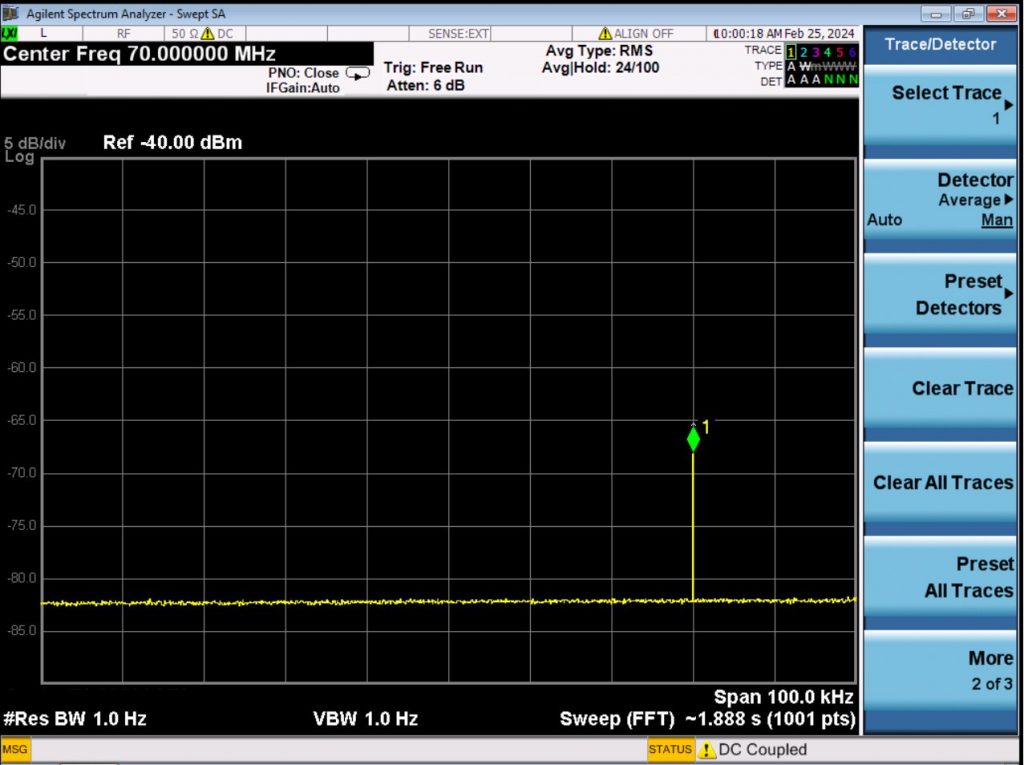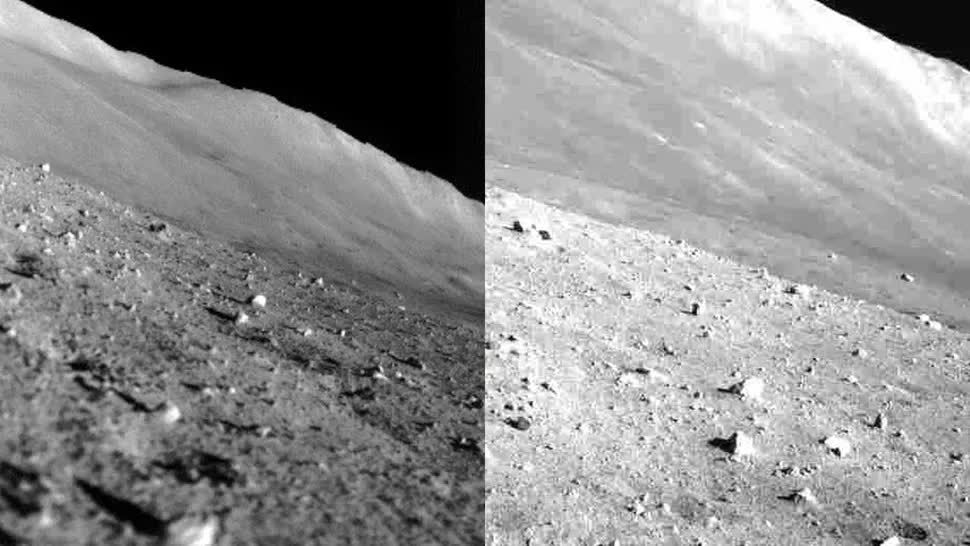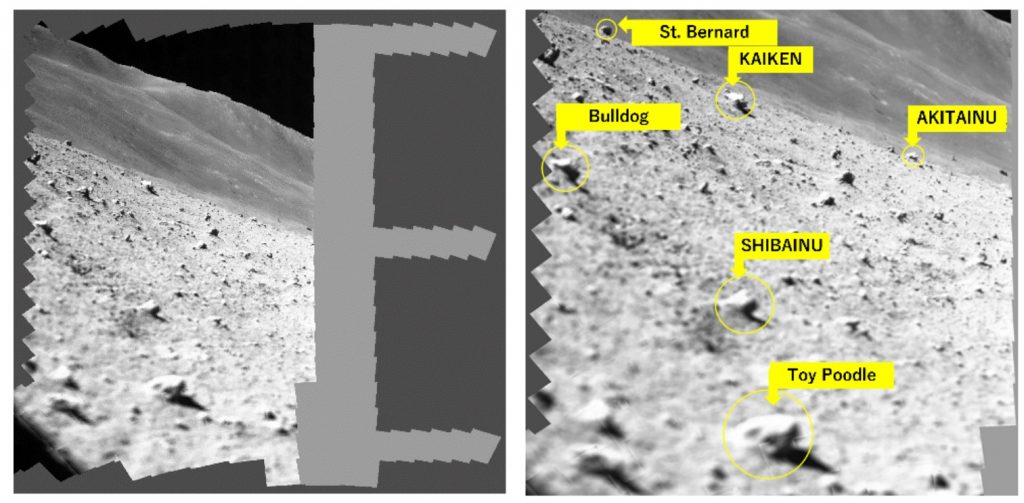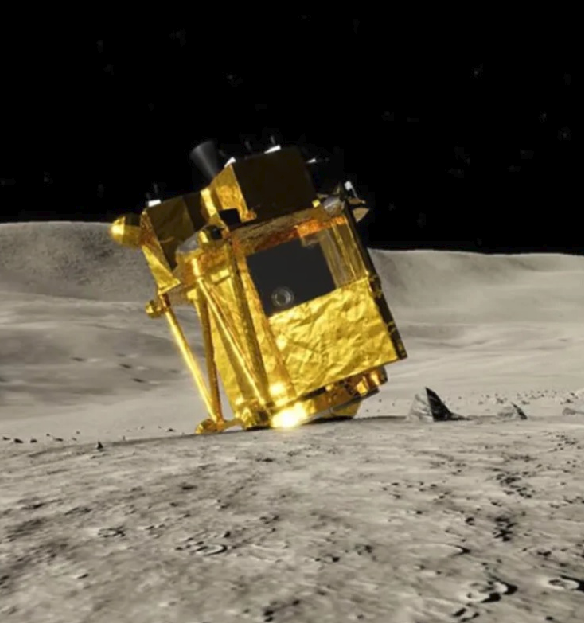It turned out that the Japanese SLIM lunar probe, which landed smoothly on the surface of the moon, stopped upside down on Earth. A few days ago, the sun was able to illuminate the solar cells from the right direction and the power supply to the probe was restored. The probe continued to explore the surface of the moon at its landing site.
On January 19, 2024, the Japan Aerospace Agency (JAXA)'s SLIM (Lunar Exploration Intelligent Lander) lunar probe touched down softly on the lunar surface near the approximately 270-meter-diameter Shiuli crater. As it turns out, the solar panels were not pointing in the direction of the sun, because the spacecraft did not touch the Earth in the correct position when it landed. The probe was shut down when its power dropped to 12%, but it was still sending telemetry data back to Earth.
From telemetry data and images taken by the probe and one of the small robot's cameras, it was revealed that the SLIM lander landed with its engines rotating almost vertically towards the surface during braking, after which, according to plans, the vehicle would land. He would have turned horizontally during the final phase of the descent, and would have reached the surface with his feet in this position. On the moon, he would have looked like Jumbo the elephant, the well-known fairytale hero. But that's not how it got off the ground. After all, the SLIM lander did not touch the Earth on the Moon in its position according to plans, but settled firmly on the surface “standing on its nose or head.” It was possible to record the lunar position of the lander using the lunar rover's camera of the “robot grasshopper” LEV-2 on the surface a few meters away. The LEV-2 recordings were sent to Earth by the LEV-1 robot, because the LEV-2 robot does not have direct communication with the Earth, only with the other robot or the lander, but the latter no longer has the power source for radio communications with the Earth.
On January 29, the probe was turned on again after somewhat recharging its batteries. This was the probe's first “wake” after landing, and it remained active again for a few days, until the landing site was plunged into the darkness of local night on the Moon's surface on February 1.
According to the original plan, during the local lunar morning, the sun would hit the SLIM solar panels from the east direction of the moon, but due to the abnormal descent mode, the solar panels turned towards the west lunar direction, that is, in the period following the almost full moon. Sunlight reached the solar panels until February 1. After that, there was hope to restore power, recharge the batteries, and continue scientific research. Communication will also be possible with small surface robotic vehicles.
The image below was actually taken at low solstice, when lunar night was approaching at the SLIM lander's landing site and surface formations became a long, dark shadow.

According to optimistic forecasts, at the SLIM landing site, the Sun from the lunar west began to illuminate the probe's solar cells facing the Sun, and the electrical power supply began to be restored. SLIM signaled its awakening by sending a clear, specific radio signal to Earth on February 25, 2024. This was the second “awakening” of the lunar probe.

On a very cold night on the Moon, when the temperature dropped to about -130 degrees, despite the low temperature, the probe's electronics survived this extreme condition, although it was not expected to withstand such cold for several weeks.
Within one Earth day, on February 26, 2024, SLIM had enough electrical power to once again take images of the lander's surface near Sciuli Crater, near its rim.


Using SLIM's MBC camera, characteristic components of the Moon's surface composition (such as magnesium and other elements) can be detected. It is important to determine the Mg/(Mg+Fe) ratio at the atomic level, which makes it possible to study the surface material of the lunar crust. If the lander remains operational even after one or more frigid lunar nights, the surface composition of the landing site will be mapped — at least the area visible to the camera, which is allowed by the location of the lander that has landed somewhere. Abnormal position (“upside down”).
The news is related to the topic of the project GINOP-2.3.2-15-2016-00003 Cosmic impacts and risks.
sources:
Related sites:
comment












































